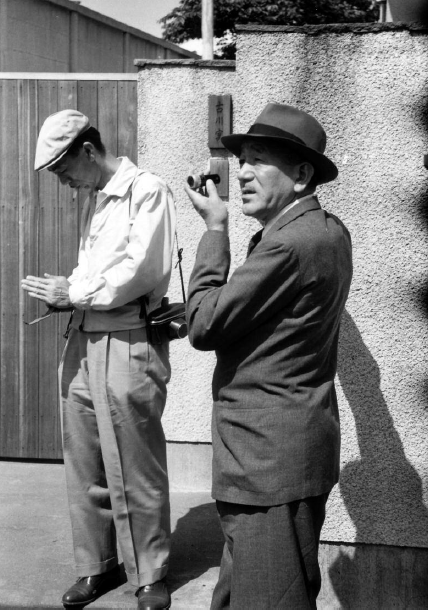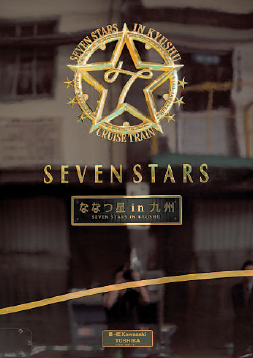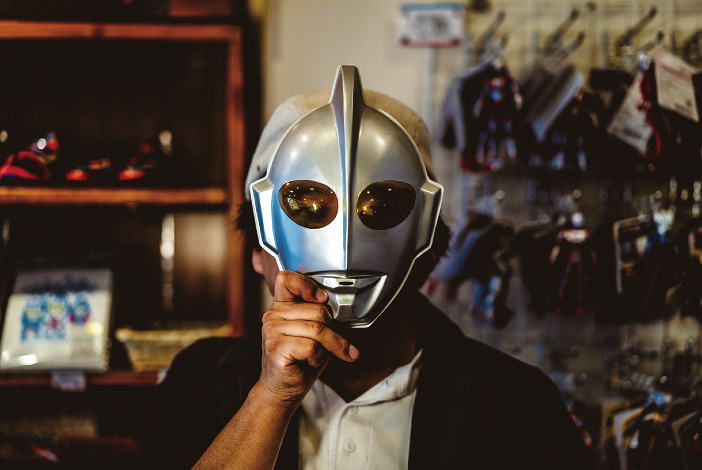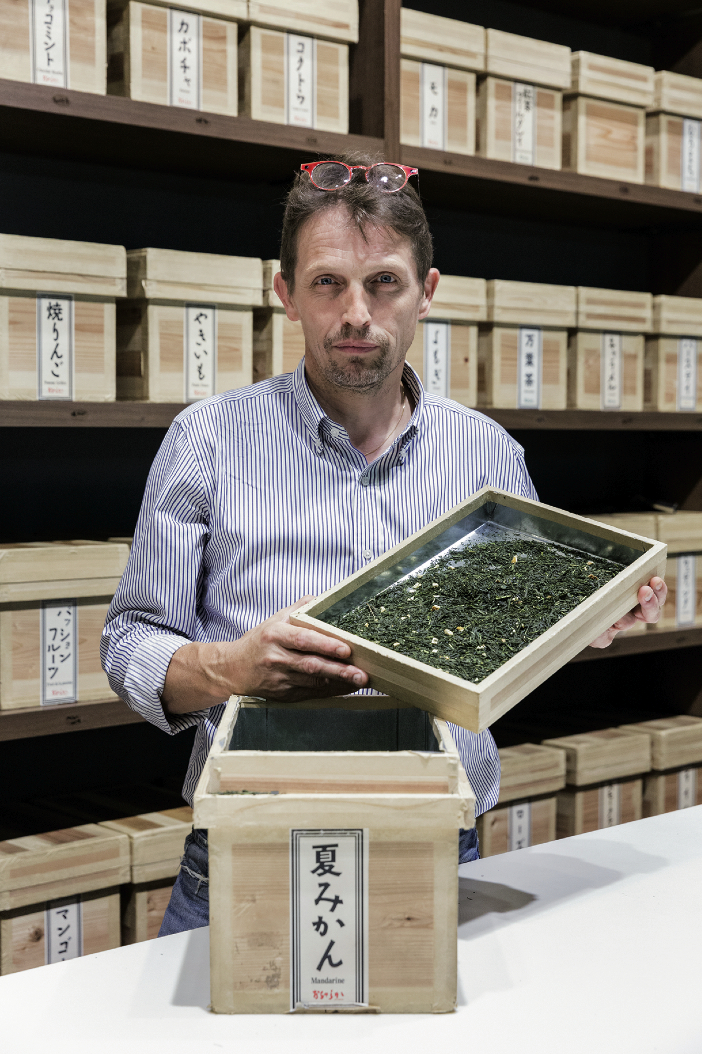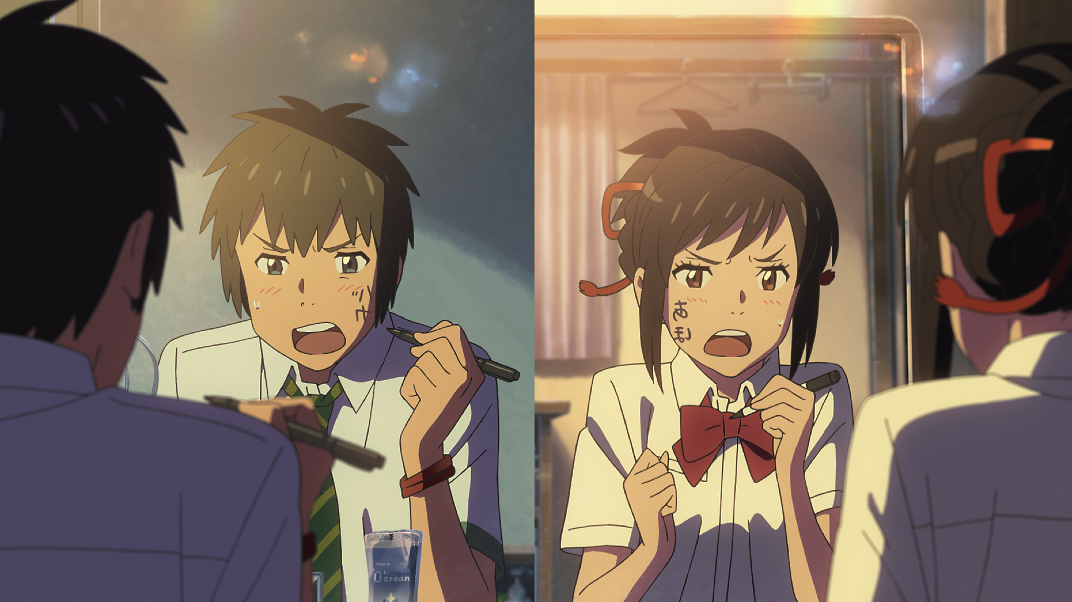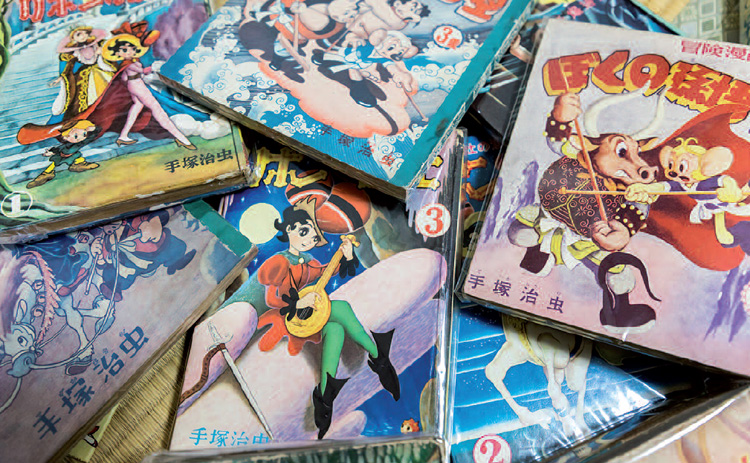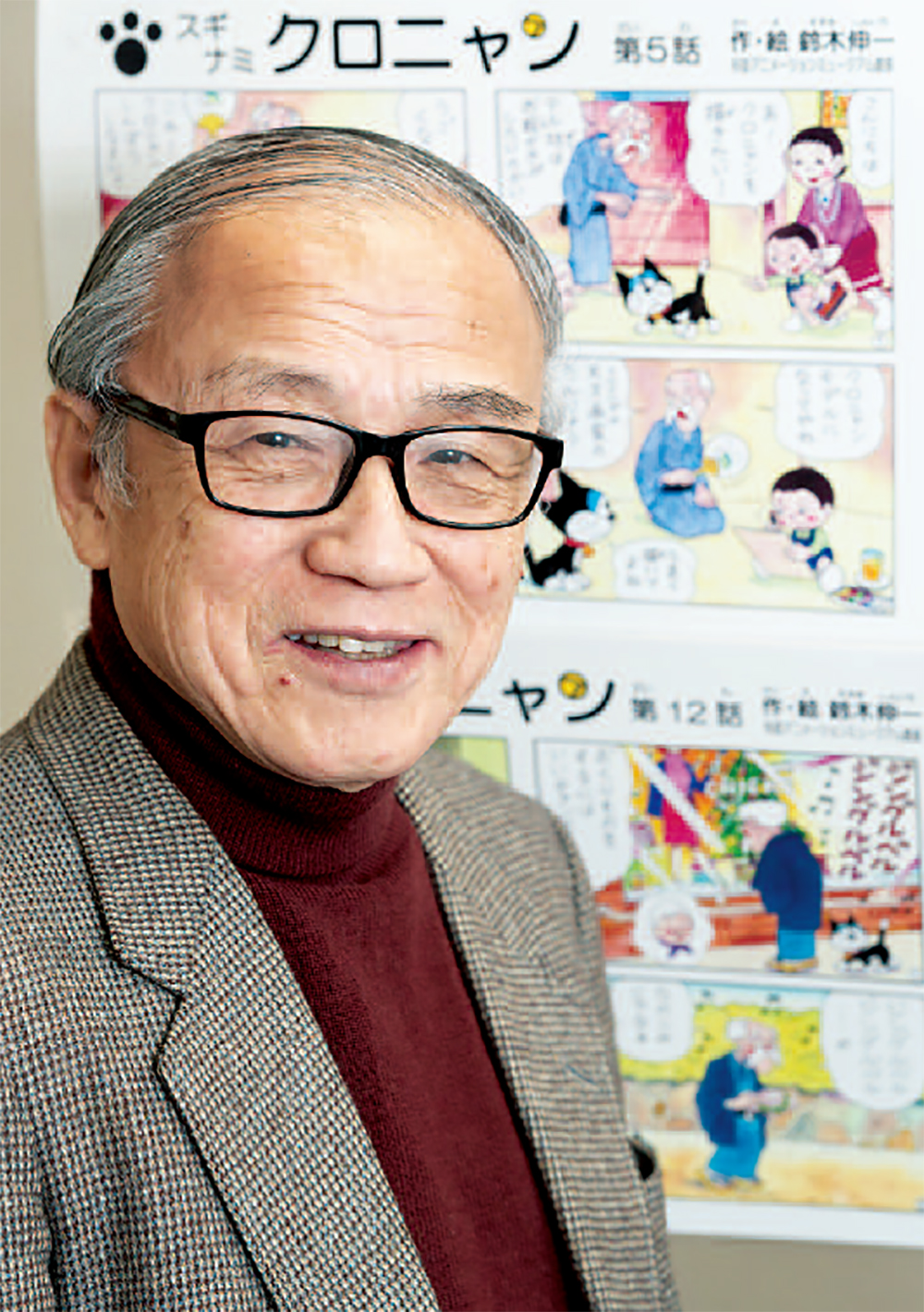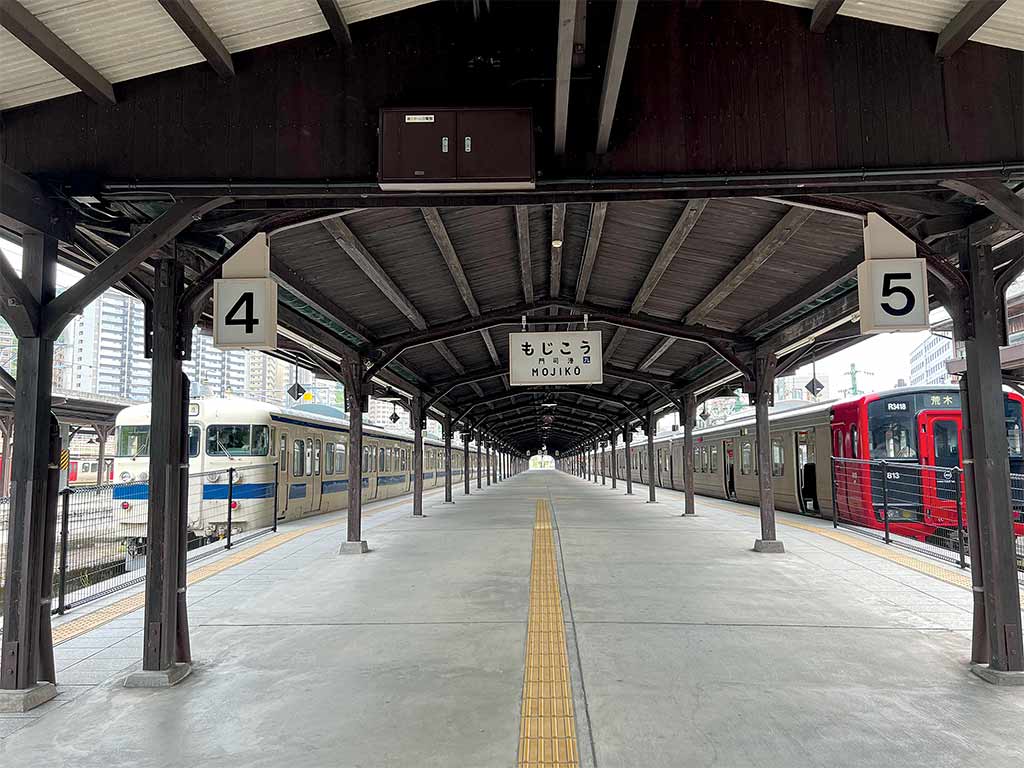

/ Odaira Namihei for Zoom Japan
In the opinion of Hara Takeshi, the pandemic may be the final blow for Japanese railways.
Covid-19 has changed many people’s lifestyles and affected different aspects of Japanese society and its economy, including the railway system. According to one survey, for instance, about 30% of office workers are expected to keep working remotely even after the pandemic is over. This factor will have an impact on commuter traffic in the big city centres. The pandemic aside, recent demographic changes (i.e., the declining birthrate and an increasingly aging population) are affecting the Japanese railways negatively. Can businesses create new added value suitable for the postcorona era? Zoom Japan talked to professor Hara Takeshi about the evolution of rail transport in Japan since the railways’ privatisation 35 years ago. A researcher in the history of political thought who also writes extensively about trains, Hara teaches at the Open University of Japan.
It has been 35 years since the privatisation of Japanese National Railways (JNR). How has rail transport changed since 1987?
Hara Takeshi: JNR was born in 1949. In postwar Japan, few people had cars. However, during years of rapid economic development in the 1960s, more and more roads were built and an extensive network began to spread nationwide. At the same time, cheaper cars came onto the market and car ownership increased. The number of unprofitable railway lines increased accordingly. When the government privatised JNR in 1987, the newly-founded JR companies began to stop these lines which were making losses, which, of course, were concentrated in sparsely populated areas and the countryside. Hokkaido, for example, lost many railway lines. On the other hand, the demand from people who regularly commuted to work or school remained very high in the big cities. Nowadays, we’ve reached a point where there’s great disparity between Tokyo, Osaka and other big metropolitan areas, which still have a vast network of train lines, and the rural and small-town areas where the trains are fast disappearing. At this point, one must question the validity of privatising a system that affects many people’s lives. When the government runs a public service, its priority is to ensure that as many people as possible have access to that service. However, when that system is at the mercy of market forces and profit is the company’s only goal, people are bound to suffer. For example, commuting to school becomes a problem for students in rural areas, and elderly people who don’t have a car and live in places with few buses are deprived of the only affordable means of transport. It is a merciless system.
When I was a student, I used to travel a lot thanks to the extensive and affordable national railway network. But now, it would be hard to do the same thing. Ironically, new roads and motorways continue to be built, even in the middle of nowhere, though they’re considered a waste of taxpayers’ money. However, the profitability of the railways is always being questioned. I believe something should be done about this problem.
Another important problem to be considered is how the natural environment affects the transport system. Life in Japan is made harder by all kinds of natural disasters – earthquakes, floods, typhoons, etc. Right now, the Shinkansen (bullet train) is almost the only long-distance train network available. It is fast and reliable. However, it is surprisingly vulnerable to natural disasters. When something happens, everything stops and it takes long of time for regular services to be restored.
Recent earthquakes in the Tohoku region have caused such problems yet again. After the triple disaster in Fukushima, for example, a 320km long section remained out of service for more than six months. The same thing happened on the coast facing the Sea of Japan after a strong earthquake hit those regions. That didn’t happen to the local lines in Kansai after the 1995 Great Hanshin-Awaji Earthquake. I mean, not even after the 1923 Great Kanto Earthquake destroyed Tokyo or during the Pacific War did a railway line remain closed for so long. At the time of the Great Kanto Earthquake, for example, the national railway was almost completely restored under two months, and during the bombing of Tokyo in 1945, the train services were partially reinstated the following day. Even when the atomic bomb was dropped on Hiroshima, the trams resumed service three days later.
Now, consider the northeast of Japan. The Tohoku Main Line, which was built in the Meiji period (19th century) and runs parallel to the Tohoku Shinkansen, is actually stronger and in some ways more efficient thanShinkansen. Moreover, when an accident happens, it can be repaired more quickly. That’s why it is essential that we keep these lines open, especially in disaster- prone Japan.
Many Japanese who grew up in the Shinkansen era only think in terms of speed. They just want to get from point A to point B as quickly as possible. However, the Tohoku Main Line is in some respects more user-friendly as it has more stops. For example, when I want to go from Tokyo to Sendai, the Shinkansen is probably the best option because it is faster. But if you live in Utsunomiya, fewer trains stop there, so it is not all that convenient.
In any case, northeastern Japan is lucky because they still have the Tohoku Main Line, but if you want to go from Tokyo to Osaka or Kobe, your only option is to take the Shinkansen. In pre-Shinkansen times, we had the Tokaido Main Line, but now it has been divided into various sections with different names, each one managed by a different company – JR East, JR Central, and JR West – and if you try to reach Osaka you have to make numerous transfers along the way. It is exhausting and takes hours. This is one of privatisation’s negative aspects. Also, they don’t sell ekiben (boxed lunches sold at railway stations) anymore. It is no fun at all. These days, the only daily passenger train that operates over the entire length of the line is the combined overnight-train “Sunrise Izumo – Sunrise Seto”.
If we compare Japan with other Asian countries, we can see that China, Taiwan and South Korea have their own versions of the Shinkansen, but they’ve also retained a limited number of express trains on conventional lines. That, in my opinion, is how things should be done. I find it unfair that in many cases you can now only use the Shinkansen. They should revive some of the old limited express train lines.
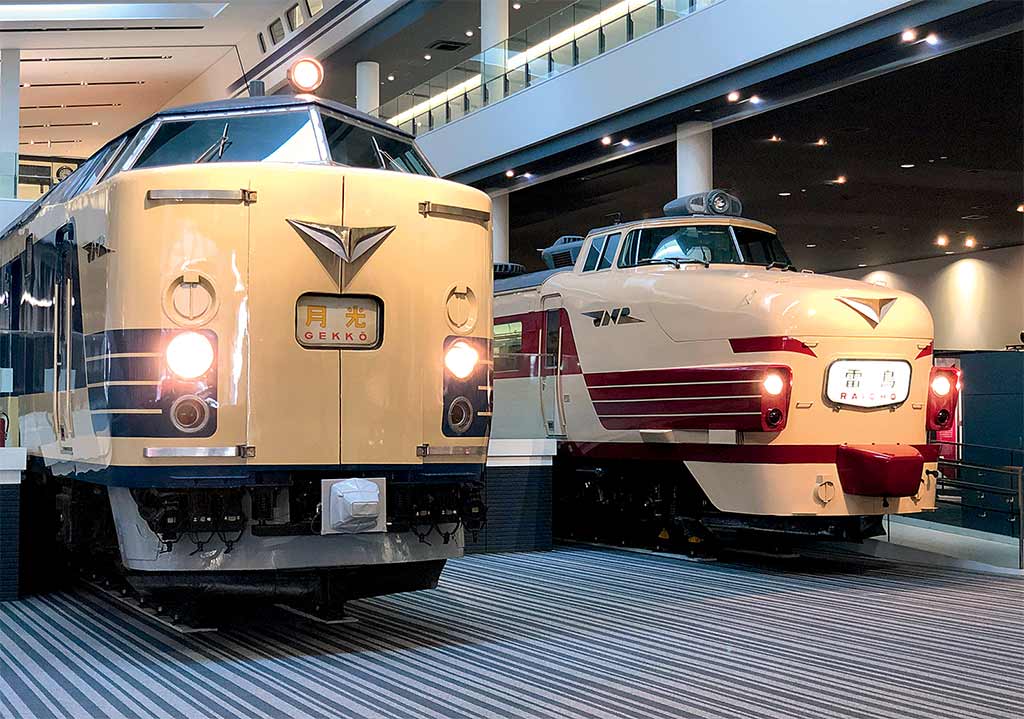
/ Odaira Namihei for Zoom Japan
You obviously believe that speed and convenience are not the only things that the railways should offer. Can you explain your position in this regard?
H. T.: I became interested in trains thanks to my father. He liked the railway a lot and would often take me on train rides from a young age. We didn’t have a car, so the trains were our only means of transport. We usually took a day trip around the Tokyo area. The ever-changing scenery was nice, and I came to love those little train adventures. That’s how I fell in love with trains. We used to ride the JNR and go as far as Shizuoka, Yamanashi or Nagano. From the train, I saw all those mountains and rivers and valleys, and the sea, of course, while eating ekiben. Each station sold a different variety and that added a new layer of pleasure to the trip. When you’re a child, your everyday world is pretty small, confined as it is to home and school. But those train trips showed me a wider, completely different world, and the scenery changed all the time.
Later, I became interested in the timetables. At first, my dad planned our trips, but then I started doing it myself. I’d spend hours comparing trains and schedules so we’d be back home by evening. Then, by the time I was 11, I began to travel alone. My relatives lived quite far away, in Mie Prefecture, and I’d visit them, all by myself, using the Tokaido Main Line, of course, not the Shinkansen. Anyway, I did that kind of thing. What I’m trying to say is that train travel is much more than just getting from point A to point B. The Tohoku region, for example, has a very beautiful landscape, especially between Fukushima and Sendai. In spring you can see peach and cherry blossoms from the train window. Unfortunately, nobody looks at the scenery these days, they spend the whole time with their noses stuck to their phone screens. And anyway, you can see nothing from the Shinkansen because it is too fast, and the tunnels and sound barriers block the view. But if you’re not in a hurry and take a local train, you can enjoy the scenery properly while eating your ekiben.
On the other hand, in the last few years there’s been a boom in the popularity of so-called “cruise trains”.
H. T.: Yes, cruise trains are big in Japan right now. JR East, JR West, even JR Kyushu with its “Seven Stars in Kyushu”, are making big investments in this sector because it is highly profitable. A three-day/two-night trip on these trains can easily cost you one million yen. I’m sure it is a great experience; it is a travelling first-class hotel with all mod cons. You cruise leisurely while enjoying fine dining, then move to the lounge where you admire the scenery while drinking whisky or something. But it is reserved for the rich. How many ordinary people can afford to burn one million yen or more on a short train holiday? I certainly can’t. The scenery that should be enjoyed by everybody on a local train has now become the exclusive playground of the rich. What in the past was public infrastructure, a public service for everyone, has become an exclusive business targeting a small, elite portion of society. And yet, nobody criticises the railway companies; nobody finds any faults with the way things have changed.
Nowadays, everything has a price tag. Everything is done for a profit, and if it has no commercial value, it is discarded. But in my opinion, there are things that cannot be quantified, and whose value goes beyond speed, money and profit.
You mentioned the “Sunrise Izumo – Sunrise Seto” overnight train. Are there any other sleeping car train services in Japan right now?
H. T.: No, it is the only one left. The Izumo branch connects Tokyo to Shimane Prefecture while the Seto one goes all the way to Takamatsu on the island of Shikoku. Again, it is a shame that this is the only overnight train line left. In the past, there were a lot of these trains, even in Kyushu and Hokkaido. But now, as I said, they’ve been replaced with expensive cruise trains.
Have these lines been discontinued because they’re not economically worth it?
H. T.: In part, that’s the case, but even more than that, it has to do with the privatisation of the railways and splitting the old JNR into different regionally-based companies. For example, a lot of night trains used to run from Tokyo to Kyushu in the past. However, the section between Atami and Maibara is now managed by JR Central. A sleeper train would cover this particular part in the middle of the night, so JR Central has nothing to gain from it. For example, they can’t make extra money by selling food and drink because everybody’s asleep. So they don’t provide any drivers for the night service, effectively making it difficult to operate night trains on that route. As I said, now there’s this attitude that they can’t run a train that doesn’t make a profit.
Among recent changes at a local level, women only carriages and IC cards have been introduced in the last few years. What are the implications of such additions?
H. T.: The addition of women-only carriages has been in response to a shameful phenomenon, namely chikan (perverts) groping women on the train. I guess that creating such dedicated compartments was the easiest way to deal with the problem. Of course, it doesn’t stop chikan from doing their thing elsewhere on the train, but I guess it is better than nothing.
This problem is most prevalent in the big city centres where congestion levels on commuter trains, particularly during rush hour, are very high. It is true that the Japanese population is shrinking and aging, but a lot of young people still leave their small towns and move to Tokyo, Osaka, and other big urban centres in search of a job, so I don’t think the situation is going to change in the foreseeable future.
This said, it is true that currently, commuter trains are not as crowded as before because the pandemic has forced a lot of people to work from home. But as long as millions of people are concentrated in one place, there’s no way of reducing congestion on trains beyond a certain level. That’s why women-only carriages are here to stay, at least for the time being.
Regarding the other point you’ve mentioned, I think that IC cards (pre-paid smart cards) have been introduced in order to reduce the amount of cash being handled by train companies. It is a matter of convenience, both for the companies and the passengers who don’t have to buy a ticket every time they catch a train. In this respect, the introduction of these machines is a good thing. On the other hand, though, I’m a little worried that the increasing automatisation of the system is leading to the human element’s progressive elimination. This trend can be seen everywhere in the railway system. Now, for example, there’s talk that companies are going to do away with drivers and trains will be unmanned, but I wonder what will happen when something goes wrong and there is no one around.
More generally, I don’t like the fact that modern trains are not a place where people can communicate as they used to in the past. Individual compartments were ideal for encouraging people to talk to strangers. But the seating has changed, compartments have disappeared, and there is no space left for casual face-to-face communication. Every change has its pros and cons, of course, but I confess that I have mixed feelings about many of these innovations. Luckily, there are some train lines left where you can still enjoy old-style travel. You just have to search for them, maybe far away from the big cities. As I said, now every company acts differently, and the quality of the regional train service reflects each company’s priorities and approach to doing business. The island of Kyushu, for example, is not so bad, and they’re actively seeking train-loving tourists. But it is not so good in Hokkaido, which is a pity because the far north has some stunningly beautiful scenery.
I’d like railway companies to devote more time to considering how to make a train journey more rewarding and fun. Ideally, for instance, seating on trains that run through beautiful landscape should be arranged in such a way that the passengers can actually enjoy it. Making a profit is important, but it is not only a matter of making trains more cost effective by striving for speed and efficiency through lighter carriages. They should be seen as an environment where people have to spend some time out of necessity – sometimes hours – and should be able to enjoy that experience.
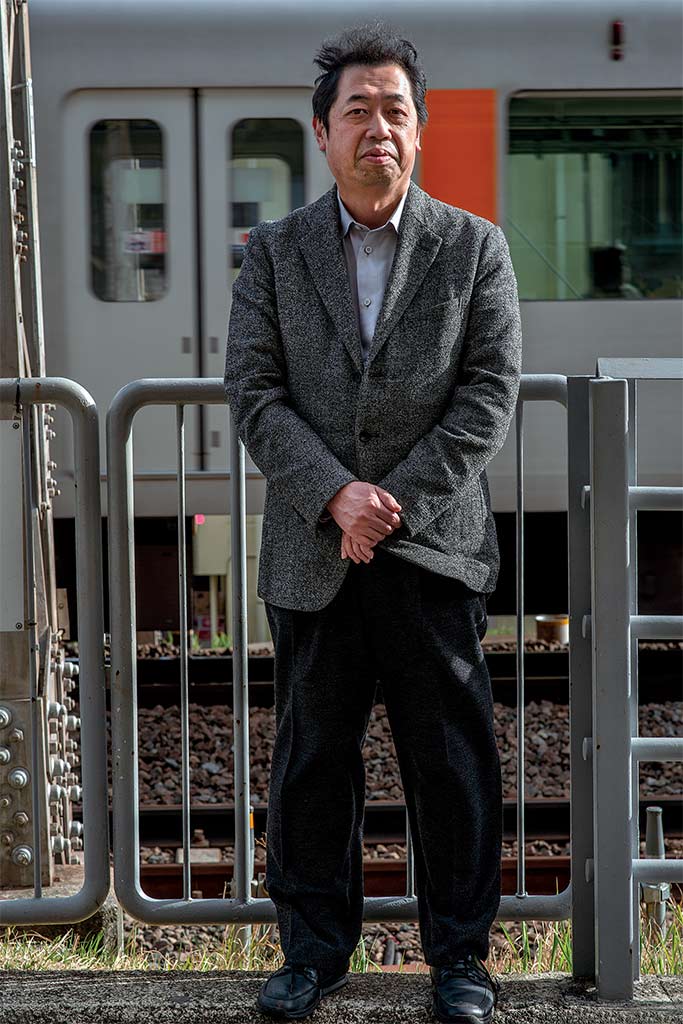
The main theme of your latest book, Saishu densha [The Last Train], is that Covid-19 has changed many people’s lifestyles in Japan. In particular, even when the pandemic ends, Japanese railways will not look the same. What can you say about this?
H. T.: Since 2019, the number of inbound tourists has dropped to almost zero due to the government’s restrictive Covid-related policies towards foreign travellers. Japan has received a lot of criticism for this since it is one of the few countries that still makes it exceedingly difficult for foreigners to enter Japan. This time around, the pandemic may be the main reason, but there’s no doubt that, historically, this country has been prone to isolate itself from the rest of the world. This sharp decrease in foreign tourists is a pity, especially when it comes to trains, because some local lines have been rediscovered and even saved by curious foreigners who enjoy train travel. For example, the Tadami Line connects Fukushima and Niigata Prefectures. It offers a unique travel experience as the trains run through beautiful gorges and over rivers. However, for many years it languished, like many other local lines, as the number of passengers steadily decreased. It was on the way to becoming another abandoned line when, somehow, it was discovered by Chinese and Taiwanese tourists and, suddenly, even the Japanese took notice and flocked back to the Tadami Line. This is one of those lines where you can admire the changing seasons, particularly the colourful autumn leaves and the mountains covered with snow in winter. But nobody in Japan seemed to know about it.
That’s why foreign tourists are important for the survival of the so-called minor rail lines. They are not stereotypical travellers and don’t accept what’s considered to be common sense. They are not afraid to explore hidden corners of this country which the Japanese have forgotten about. If inbound tourism had increased earlier, many lines in Hokkaido might have survived instead of being closed down as worthless and unprofitable. All too often, the Japanese take their country for granted. They always visit the same famous places, like Kyoto or Nikko or Hakone, and don’t seem to mind being crammed together in one place with hundreds of other people. But foreigners are constantly on the lookout for new, little-known places. They’re more adventurous. Ironically, it takes curious travellers from abroad to make the Japanese look at their own country with different eyes.
Also, if you’re a foreigner, train travel in Japan is a relatively easy way to discover the country. Japanese railways are very traveller-friendly because they’re efficient and the trains run on time. Information and timetables are readily available even online, so planning a train journey is quite easy.
That’s why Covid-19 has been a big blow to the railway companies. It is very disappointing because the pandemic has interrupted the flow of tourists, which had been increasing, and I wonder if the system will be able to recover from this calamity. It is difficult to predict what things are going to look like in 10 or 20 years.
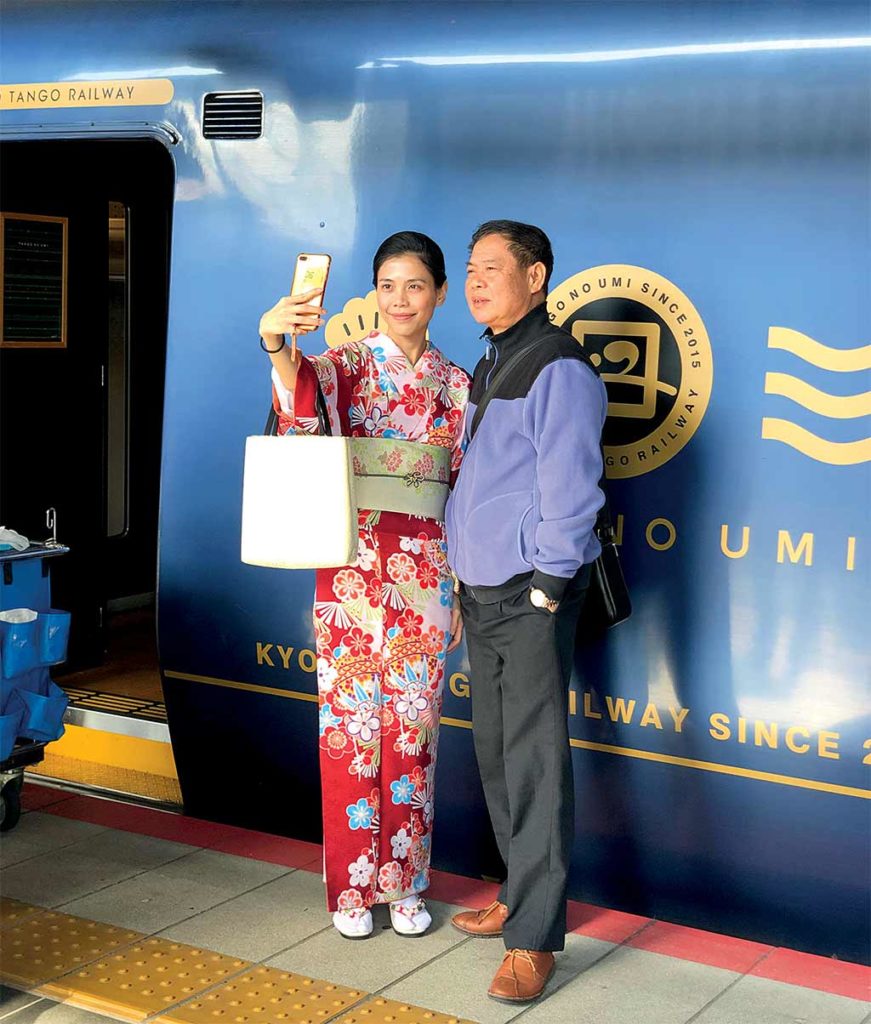
/ Odaira Namihei for Zoom Japan
What do you think about the future of the railway?
H. T.: The railway companies must plan for the future and think about the things they can offer which are suitable and most valuable for post-Covid Japan. During the pandemic, remote meetings and online parties became the norm. More specifically, virtual tourism and online sightseeing became widespread because we couldn’t travel to most places, especially abroad. But, now more than ever, people want face-toface meetings and actual travel. I think they’re fed up with looking at a computer screen. No amount of slick technology can replace the excitement of travelling to a place and seeing it with your own eyes.
This is even more true when it comes to lesser- known places. Standard tourist destinations such as Kinkakuji temple’s stone garden, Kiyomizu- dera temple in Kyoto, or the great Buddha in Nara, are easily accessible online. But all the beautiful hidden landscrape that one can enjoy while travelling on a local train line are not so readily available. These rare, hard-to-find places are, in my opinion, the destinations on which the railway companies should concentrate on in order to gain new customers. And I’m not just talking about foreign tourists. The Japanese population is rapidly aging, and trains are an ideal means of transport for older people. Again, they are easy to use and understand. You just buy your tickets, then sit back and enjoy the changing scenery. You don’t have to hike up a mountain or ride a bicycle to discover new places. Just hop on a train and never-before-seen landscapes will appear one after another in front of your eyes.
This is even more true when it comes to lesser- known places. Standard tourist destinations such as Kinkakuji temple’s stone garden, Kiyomizu- dera temple in Kyoto, or the great Buddha in Nara, are easily accessible online. But all the beautiful hidden landscrape that one can enjoy while travelling on a local train line are not so readily available. These rare, hard-to-find places are, in my opinion, the destinations on which the railway companies should concentrate on in order to gain new customers. And I’m not just talking about foreign tourists. The Japanese population is rapidly aging, and trains are an ideal means of transport for older people. Again, they are easy to use and understand. You just buy your tickets, then sit back and enjoy the changing scenery. You don’t have to hike up a mountain or ride a bicycle to discover new places. Just hop on a train and never-before-seen landscapes will appear one after another in front of your eyes.
Interview by Gianni Simone

